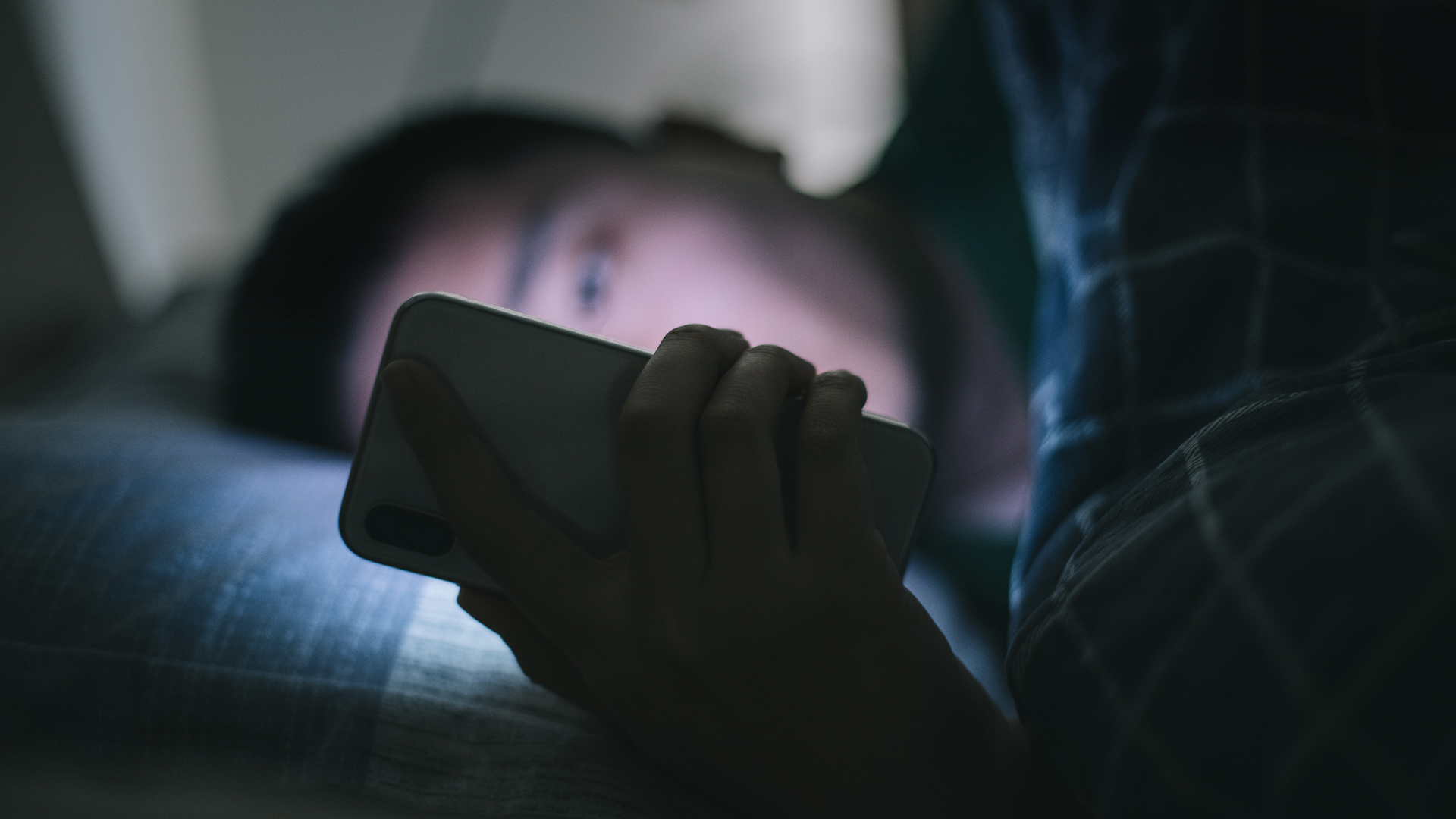[ad_1]
The best sleep hygiene tips tend to encourage giving things up: don’t use your phone in bed, don’t drink coffee in the afternoon, don’t eat at night… While good advice, it can make the bedtime routine feel like a chore. But it’s time to flip that thinking. By saving your favorite activities for the evening, settling down for bed becomes something you actually look forward to.
Social media is big on the idea of romanticizing your life; when you find new ways to see joy in the daily routine. When it comes to bedtime, that means more than adding cozy cushions to your best mattress. It means keeping your favorite activities exclusively for the wind-down, so you feel encouraged to put away your phone and make the most of the evening.
Not sure where to get started? I picked up this advice while attending the Sleep Charity‘s Sleep Conference, and the experts there provided me with some great tips on how to develop an evening routine that’s both sleep-friendly and fun.
Why save special activities for the evening?
Swapping doomscrolling for reading might seem like an obvious choice before bed, but actually making that change isn’t quite so easy. It can be very hard to pull away from the quick enjoyment of compulsive social media scrolling, even when we know that the blue light and stimulating content might end up keeping us awake.

But by keeping some of your favorite but low-key hobbies until just before bed, the wind-down routine becomes something you look forward to. This is the time when you can finally finish the next chapter of your book, or break out that new face mask, or get stuck into the Lego set that was a bargain on Black Friday. In comparison, your phone starts to look boring. So instead of damaging your sleep with procrastinating social media scrolls, you’ll prepare yourself for bed while doing something you love.
How to choose your evening activities
First of all, you have to pick activities you actually enjoy, not just hobbies you think sound relaxing. Coloring books are calming, but I don’t look forward to doing them, so I wouldn’t be convinced to put down my phone and pick up the pencils. While sleep-friendliness is a key consideration, if it takes priority over enjoyment, you’ll lose what makes this trick successful.
That’s not to say you can’t explore new things. If you’ve always wanted to try your hand at calligraphy, it might be the perfect activity to save for the evening. Just if, after a few weeks, you realize it’s not for you, put down the quill and pick up a new hobby.

And don’t be afraid to get physical. Light exercise before bed can help you sleep, so try yoga or some gentle pilates. Mindful meditation can also help you feel calm before bed, and combined with light stretching, will help your body and brain wind-down.
Finally, don’t pick anything that gets you stimulated or alert, even if it sounds like it should be relaxing. Reading before bed is often recommended as the ideal low-key activity, but not if you’re sucked into the latest thriller. Sudoko might help you switch off, but if crosswords keep you up, stick to the numbers. There’s no one-size-fits-all choice, so really consider what works for you.
Get started with a bedtime box
Using a bedtime box can make these relaxing activities feel special and encourage putting down the phone. Originally developed for kids learning about sleep routines, bedtime boxes are useful for anyone who wants to add structure to their evening.
Bedtime boxes contain the essentials for your pre-bed wind-down, and that includes whatever you need to get stuck into the hobbies you’ve set aside. When you reach for the bedtime box, it signals you’re preparing for sleep. And it takes out the hassle of getting ready – instead of searching the house for your yoga mat, sketchbook, half-finished book, you simply have to grab the box.
[ad_2]
Source Article Link

